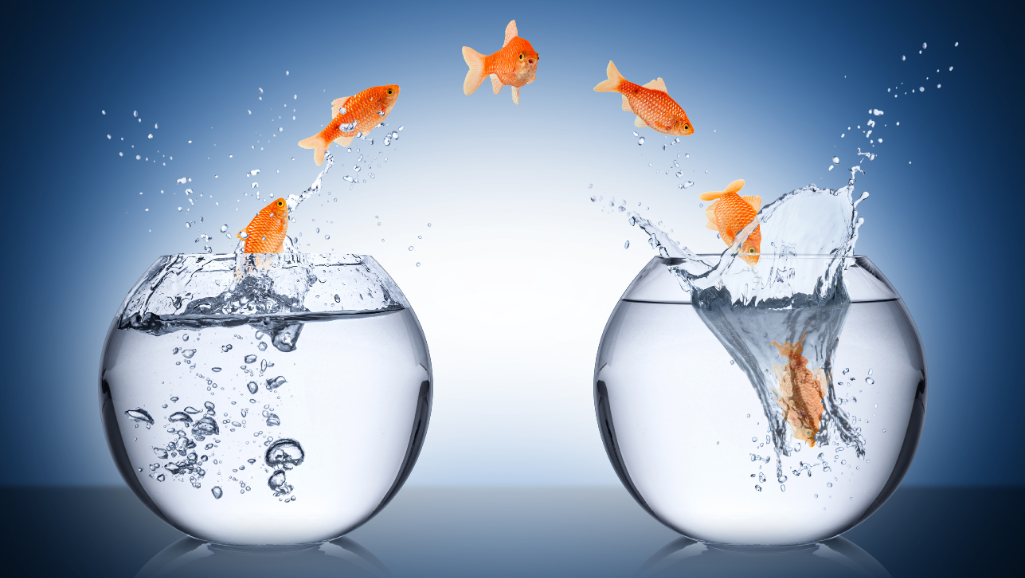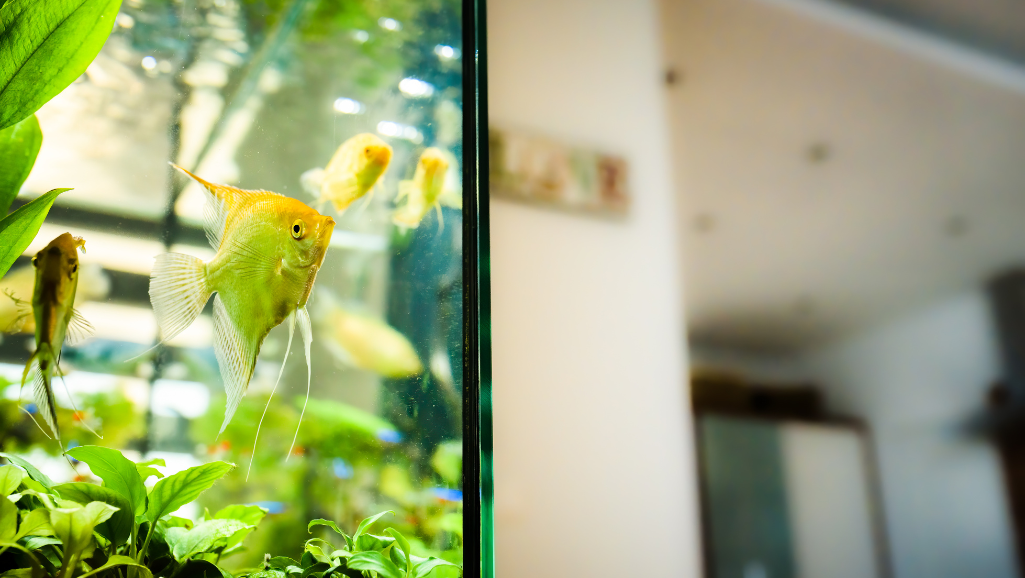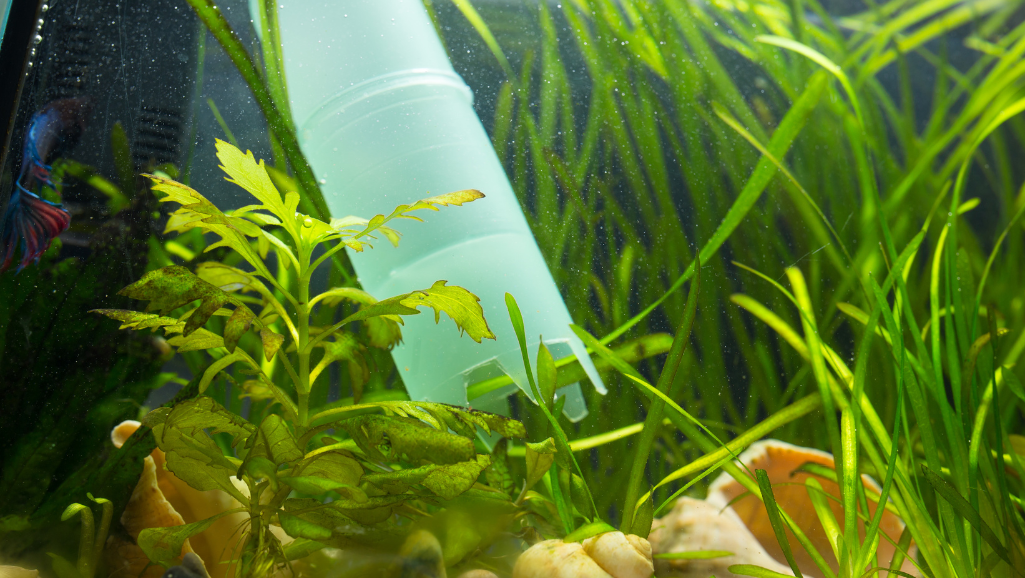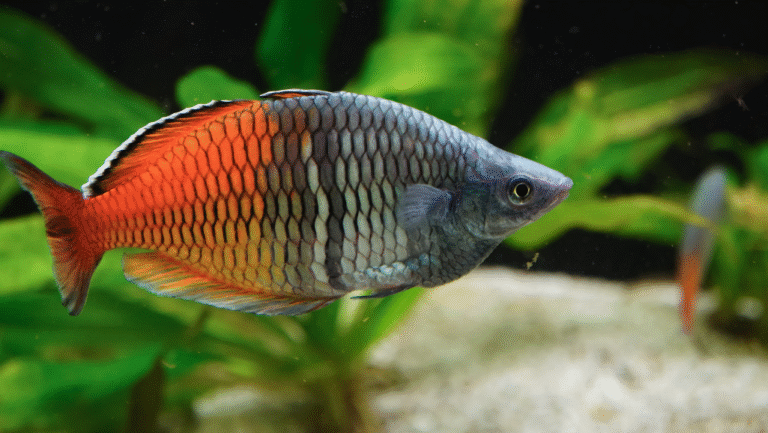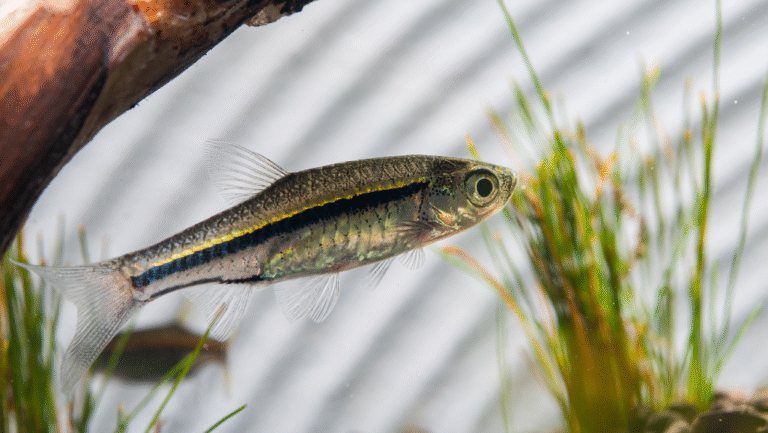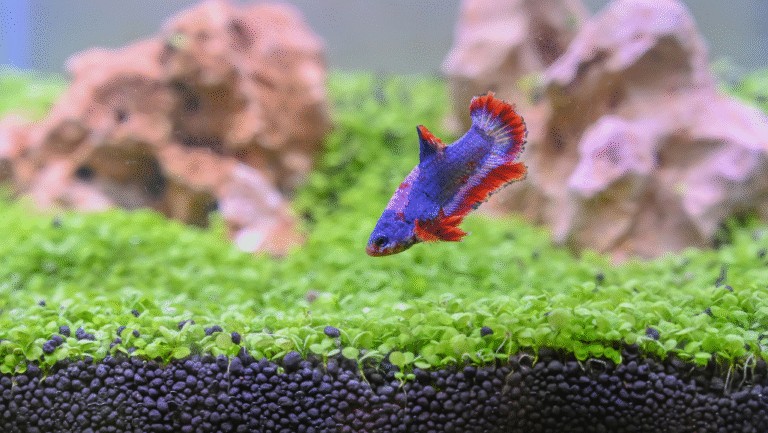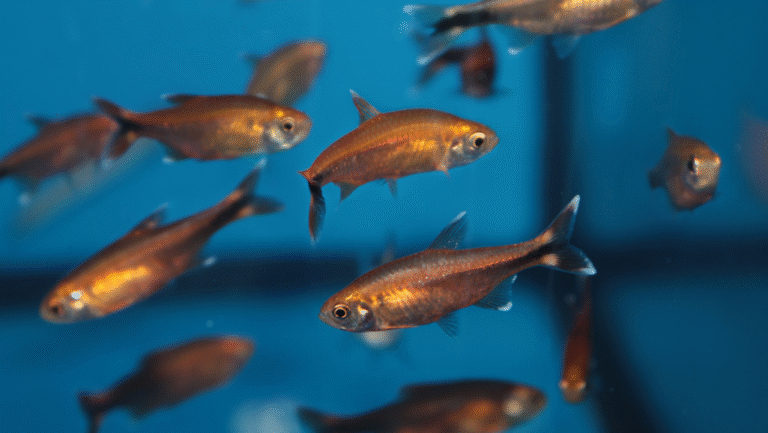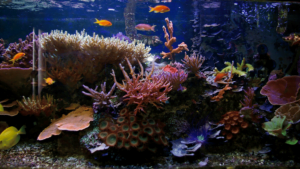Maintaining a clean and functional filter is essential for the health of your fish. A well-maintained system ensures the water remains clear and free from harmful toxins. Filters play a vital role in removing debris, waste, and chemicals, how often to change aquarium filter.
Several factors influence the frequency of filter maintenance. Tank size, the number of fish, and feeding habits all impact how quickly the filter becomes clogged. Regular cleaning and timely replacement of components are key to preventing issues like poor water quality and oxygen deficiency.
Different types of filters, such as mechanical, chemical, and biological, have unique maintenance needs. For example, chemical filters often require monthly replacement, while biological filters rely on beneficial bacteria that should not be disrupted. Balancing cleaning and replacement ensures optimal performance and longevity.
Neglecting filter care can lead to serious consequences, including stress and illness for your fish. By following a practical maintenance schedule, you can keep your tank thriving and your fish healthy.
Key Takeaways
- Proper filter maintenance is crucial for fish health and water quality.
- Factors like tank size and fish population affect maintenance frequency.
- Different filter types have specific cleaning and replacement needs.
- Beneficial bacteria in biological filters should be preserved during cleaning.
- Neglecting filter care can lead to poor water conditions and fish stress.
Why Aquarium Filters Are Essential
Filters are the unsung heroes of a thriving aquatic environment. They play a critical role in keeping your fish tank clean and safe. Without a reliable filtration system, harmful toxins and debris can quickly accumulate, putting your fish at risk.
Key Roles of a Fish Tank Filter
Filters perform three main functions: mechanical, biological, and chemical filtration. Mechanical filtration traps debris like uneaten food and waste. Biological filtration supports beneficial bacteria that break down harmful ammonia into less toxic substances, maintaining the nitrogen cycle.
Chemical filtration uses media like activated carbon to remove dissolved impurities. Together, these processes ensure the water remains clear and safe for your fish. Proper filtration also aerates the tank, preventing stagnation and ensuring adequate oxygen levels.
What Happens If You Turn Off the Filter?
Turning off the filter can have serious consequences. Beneficial bacteria colonies may die due to lack of oxygen, disrupting the nitrogen cycle. This can lead to ammonia spikes, which are toxic to fish. Additionally, waste and debris will accumulate, creating a hazardous environment.
Short shutdowns during feeding or maintenance are generally safe. However, prolonged interruptions can cause oxygen deficiency and promote harmful algae growth. For more tips on maintaining a healthy fish tank, check out this aquarium care guide.
How Often to Change Aquarium Filter
Keeping your aquatic environment healthy requires regular attention to the filtration system. Filters play a critical role in maintaining water quality, but their maintenance needs vary depending on type and usage.
Mechanical and biological filter media should only be replaced when they become ineffective. Signs include reduced water flow, unpleasant odors, or visible debris buildup. Cleaning these components with tank water preserves beneficial bacteria, ensuring the nitrogen cycle remains intact.
Chemical media, such as activated carbon, typically needs replacement every month. This ensures it continues to remove dissolved impurities effectively. For canister filters, a thorough cleaning every 4-6 weeks is recommended to maintain optimal performance.
Larger tanks or those with more fish may require more frequent attention. Smaller setups can often follow a more relaxed schedule. A hybrid approach, combining regular cleaning with timely replacement, ensures your system stays efficient.
Most filters have an average lifespan of 2-3 years. However, practical experience may differ from manufacturer recommendations. Seasonal changes, such as increased feeding during warmer months, can also impact maintenance needs.
If you notice declining water quality, such as cloudiness or algae growth, it’s time to inspect your system. A troubleshooting checklist can help identify issues with aging filters, ensuring your aquatic environment remains safe and healthy.
Cleaning vs. Replacing Filter Media
Understanding the difference between cleaning and replacing media is key to filter efficiency. Proper maintenance ensures your system runs smoothly, keeping your aquatic environment healthy. Knowing when to clean or replace specific components can save time and prevent unnecessary disruptions.
When to Replace Mechanical and Biological Media
Mechanical media, like sponge filters, should be cleaned regularly but only replaced when they fall apart. Rinse them in a bucket of tank water to preserve beneficial bacteria. Biological media, such as ceramic rings, can last for years if handled carefully.
Replacement is only necessary if the media is damaged or no longer effective. Avoid using tap water for cleaning, as it can harm the beneficial bacteria colonies. This approach ensures the nitrogen cycle remains intact.
Chemical Filter Media: Monthly Replacement Rule
Chemical media, like activated carbon, typically needs replacement every month. Over time, it loses its ability to remove dissolved impurities effectively. Regular replacement ensures your water stays clear and free from harmful substances.
For phosphate removers, monitor water quality and replace as needed. This type of media varies in lifespan, so staying vigilant is crucial. Consistent maintenance keeps your system running at its best.
Step-by-Step Guide to Cleaning Different Filters
Start by gathering the necessary equipment, such as a soft brush and a bucket. For hang-on filters, clean the impeller and other parts every 3-4 weeks. Use tank water to rinse the media, avoiding tap water to protect beneficial bacteria.
For internal canister filters, disassemble the unit and clean each component carefully. Inspect the impeller for debris and use a soft brush to remove buildup. Reassemble the filter and ensure all parts are securely in place.
Sponge filters require cleaning every 2 weeks. Gently squeeze the sponge in tank water to remove debris. Avoid over-cleaning, as it can disrupt the beneficial bacteria colonies. For more detailed tips, check out this filter maintenance guide.
Conclusion
A well-maintained filtration system is the backbone of a thriving aquatic habitat. Regular care ensures stable water levels and supports the nitrogen cycle, keeping your fish healthy. Each type of filter has unique needs, so understanding when to clean or replace parts is essential.
Using the right equipment, like a soft brush, helps preserve beneficial bacteria. Avoid tap water during cleaning to protect these vital colonies. Over the years, consistent maintenance not only extends the life of your system but also saves costs in the long run.
Establishing a routine is the best way to maintain water quality. For more tips on creating a vibrant aquatic environment, explore our guide on big freshwater aquarium fish. Start implementing these techniques today to ensure a healthy, thriving tank.
